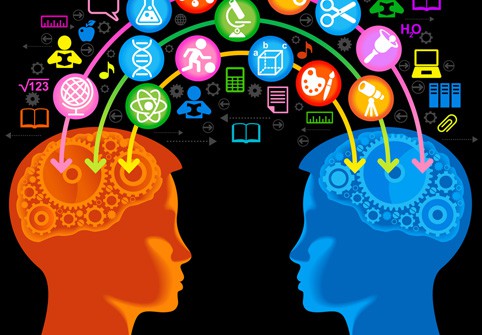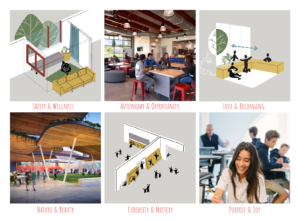How Can Embodied Learning Help Students?

By Dr. Mina Johnson-Glenberg, Chief Learning Officer, SMALLab Learning LLC The phrase “embodied learning” is coming into vogue, but it has different meanings for different stakeholders. For learning scientists, it has a very specific meaning, that is – comprehension and retention are affected by sensory motoric input. At SMALLab Learning we create educational content that taps into embodied learning using the latest advances in motion capture technology. A long research history supports the efficacy of students “doing something” in order to learn it. In experimental psychology such tasks have been called Self Performing Tasks (SPT). For example, one study used three groups. One group merely heard a list of unrelated action phrases (“lift the hat”), one group performed the actions without the object, and one group performed the actions with the object. The participants who performed the action consistently recalled more of the phrases. An accepted theoretical explanation involves the use of motoric codes. A memory trace or ‘‘code’’ is established for the content and adding the motoric component enriches the memory code beyond just the visual and auditory trace. More recent fMRI research demonstrates that when reading words related to action, areas in the brain are activated in a somatotopic manner. This means that when adults read the word “pick” they are activate decoding areas but ALSO sensory-motor brain areas that control the hand. This activation is part of a parallel network representing meaning and it shows that the traces do not fade away once adulthood has been reached. It follows that using action while learning new content may result in deeper, longer lasting memory traces. New digital content is constantly being designed. We advocate for designers and learning scientists to take into account embodied or kinesthetic learning when designing mediated content. At SMALLab Learning content is designed to map students’ actions and gestures during the learning or encoding phase onto the content. This is what we mean by embodied. The enhanced code leads to increased content retention, we hypothesize that it is this retention that translates into higher test scores. During the design process, we incorporate multiple modalities to help learners strengthen the traces. As an example of the kinesthetic in a physics scenario, a student walks through the space and is tracked in real time, we give the learner immediate feedback as to whether they are using constant velocity or not. In addition, the learner receives feedback on rate and position sonically, visually, and through their bodily sensations. We have recently begun to use the Kinect sensor as a cost-effective way to gather motion information in the classroom. Many students have these sensors in their homes already. All content is designed to be collaborative and facilitate peer-to-peer interaction. In this way it differs profoundly from traditional technology-based products. Up to four students can be tracked in the active space. Students who are observing in a classroom are given tasks to perform, e.g., write hypotheses and predictions on mini-whiteboards or iPads. We see engagement of the entire classroom – and classroom management issues decrease. New technologies require committed professional development, on this end we offer a PDxDesign program. Teachers work from concept to a final product. Along the way they define student-learning goals, critique existing tools, examine prototype designs, and develop evaluation metrics. PDxDesign is a highly interactive, hands-on program where we supply the programmer; it is enabled by teleconferencing. Several peer-reviewed articles support our impressive learning gains and we invite you to visit www.smallablearning.com to see videos and the results of several studies.
Dr. Johnson-Glenberg graduated from the University of Colorado at Boulder where she worked on one of the first computer tutoring programs to remediate students with dyslexia. She has extensive experience in implementing and assessing the effects of reading and text comprehension programs for K-8. She has received multiple private and Federal grants to research cognition and learning especially in individuals with fragile X syndrome. In 2001, she started the educational technology company the NeuronFarm with four SBIR grants from the NIH and the US Department of Education. In 2007, she moved to ASU to research and teach Serious Games. In addition to her academic duties, she is the Chief Learning Officer at SMALLab Learning, LLC a spinout company positioning itself as the leader in embodied learning. SMALLab creates cross-platform content using the body as a learning interface. The efficacy of this kinesthetic approach to education , especially STEM content, is supported by multiple controlled studies. www.smallablearning.com.




0 Comments
Leave a Comment
Your email address will not be published. All fields are required.